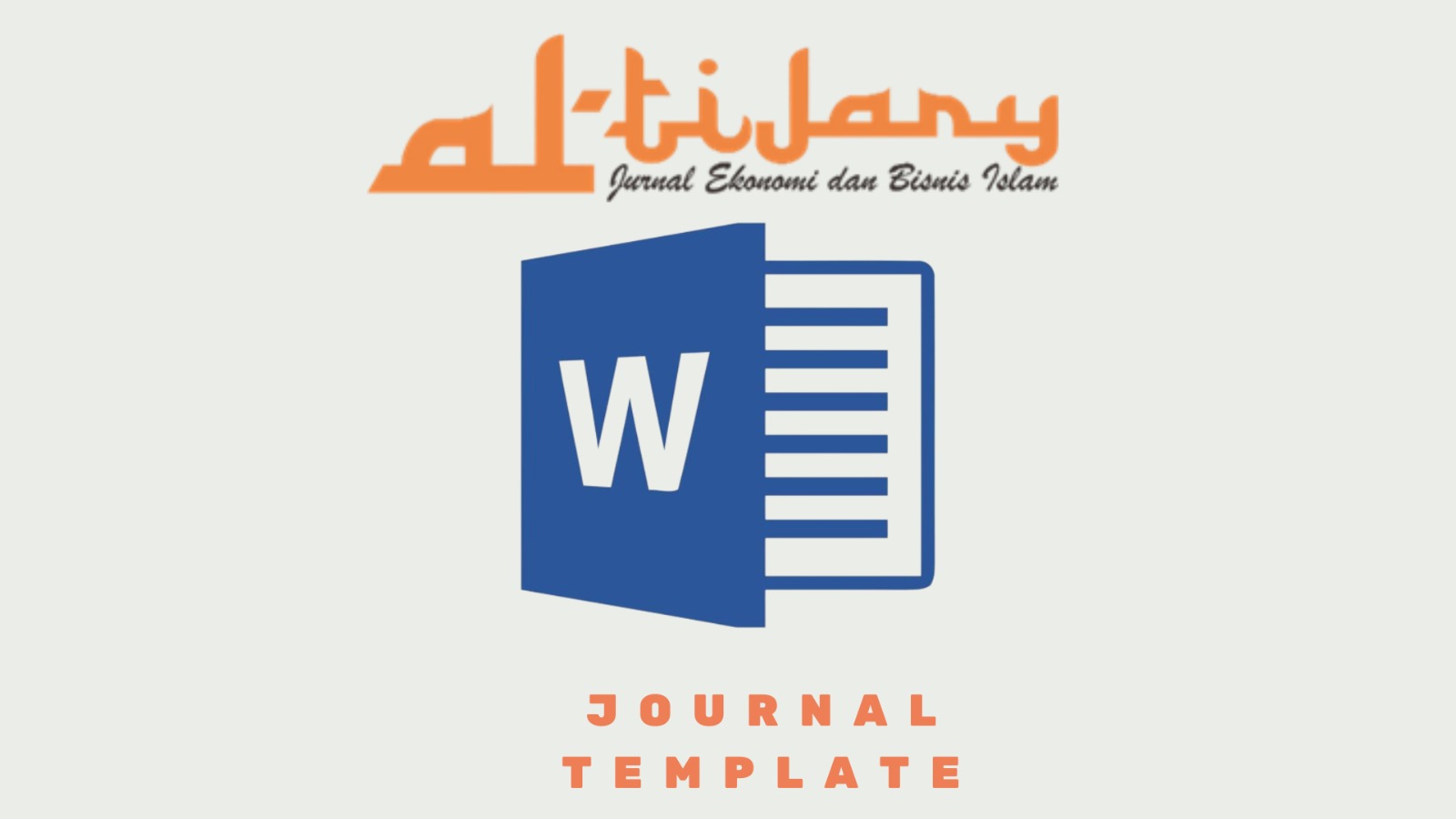Factors Influence Financial Sustainability Banking In Indonesia
Abstract
This research aims to determine the factors that affect the financial sustainability of conventional banks and sharia banks in Indonesia. Data obtained from the financial statements of conventional commercial banks and Islamic commercial banks have been published by the Financial Services Authority (OJK) for the period 2014 to 2018. The total population used in this study are all conventional and Sharia banks that publish their financial statements on the OJK. The research variables used include Financial Self Sufficiency (FSS) as the dependent variable. Return on assets (ROA), Cash to deposits (CTD), Loans to assets (LTA), Deposits to assets (DTA) as independent variables. The analysis used is the tree classification. The tree classification method requires the dependent variable in the form of categorical data. Processing results show that three financial performance factors affect financial sustainability, namely ROA, LTA, and DTA. Error in the analysis process is 29%. So that the accuracy of using the tree classification method in predicting the factors that affect banking financial sustainability is 71%.
References
Abedifar, P., Molyneux, P., & Tarazi, A. (2013). Risk in Islamic Banking*. Review of Finance, 17(6), 2035–2096. https://doi.org/10.1093/rof/rfs041
Aveh, F. K., Krah, R. Y., & Dadzie, P. S. (2013). An Evaluation of Sustainability and Subsidy Dependence of Microfinance Institutions in Ghana. International Business and Management, 9.
Ayuningtyas, R. D., Wati, R., & Safa’ah, F. (2018). Sustainability of sharia rural bank in Central Java. Jurnal Ekonomi & Keuangan Islam, 4(2), 59–66. https://doi.org/10.20885/jeki.vol4.iss2.art1
Bank Indonesia. (2008, Oktober). Krisis Keuangan AS dan dampaknya pada Perekonomian Indonesia: -Sebagai Background Informasi-. Jakarta.
Bayai, I., & Ikhide, S. (2016). Financing and financial sustainability of microfinance institutions (MFIs): A conceptual view. Banks and Bank Systems, 11(2), 21–32. https://doi.org/10.21511/bbs.11(2).2016.03
Bourkhis, K., & Nabi, M. S. (2013). Islamic and conventional banks’ soundness during the 2007–2008 financial crisis. Review of Financial Economics, 22(2), 68–77. https://doi.org/10.1016/j.rfe.2013.01.001
Breiman, L., Friedman, Olsen, J. H., & Stone, C. J. (1984). Classification and Regression Trees (The Wadsworth Statistics/Probability Series). Chapman and Hall.
Choiruddin, M. N. (2017). ANALISIS DEBT TO EQUITY RATIO (DER), RETURN ON ASSETS (ROA), RETURN ON EQUITY (ROE), NET PROFIT MARGIN (NPM) TERHADAP STOCK PRICE (HARGA SAHAM) PADA PERUSAHAAN SAHAM SYARIAH SEKTOR MAKANAN DAN MINUMAN PERIODE TAHUN 2013-2016. El Dinar: Jurnal Keuangan dan Perbankan Syariah, 5(2), 27–43. https://doi.org/10.18860/ed.v5i2.5238
Fahmi. (2017). Analisis Laporan Keuangan. Alfabeta.
Fahrial. (2018). Peranan Bank dalam Pembangunan Ekonomi Nasional. Ensiklopedia of Journal, 1(1), 179–184.
Fauziah, F., Latief, A., & Jamal, S. W. (2020). The Determinants of Islamic Banking Capital Structure in Indonesia. Al-Tijary, 5(2), 125–138. https://doi.org/10.21093/at.v5i2.1765
Hamdan, D. A. (2017). The Impact Of Information Technology On Improving Banking Performance Matrix: Jordanian Banks As Case Study. European, Mediterranean & Middle Eastern Conference on Information Systems 2010, 4, 1–16.
Kasmir. (2016). Analisis Laporan Keuanga. Raja Grafindo Persada.
Khediri, K. B., Charfeddine, L., & Youssef, S. B. (2015). Islamic versus conventional banks in the GCC countries: A comparative study using classification techniques. Research in International Business and Finance, 33, 75–98. https://doi.org/10.1016/j.ribaf.2014.07.002
Khrawish, H. A., & Al-Sa’di, N. M. (2017). The Impact of E-Banking on Bank Profitability: Evidence from Jordan. Middle Eastern Finance and Economics, 13, 142–158.
Marwa, N., & Aziakpono, M. (2015). Financial sustainability of Tanzanian saving and credit cooperatives. International Journal of Social Economics, 42(10), 870–887. https://doi.org/10.1108/IJSE-06-2014-0127
Miranti, T. (2018). Faktor Rasio Keuangan terhadap Sustainability Perbankan di Indonesia: Menggunakan Regresi Logistik. Jurnal Ekonomi Akuntansi dan Manajemen, 17(2), 107. https://doi.org/10.19184/jeam.v17i2.17334
Munawir. (2010). Analisis laporan Keuangan Edisi keempat (4th ed.). Liberty.
Nasfi, Iska, Syukri, Nofrivul, & Antoni. (2019). Financial Sustainability Inthe Assessment Of The financial Performance Of West Sumatra Sharia Financing Bank (BPRS). 1, 12.
Notoadmojo, I., & Rahmawaty, A. (2017). Analisis Faktor-Faktor Yang Memengaruhi Financial Sustainability Ratio Pada Bank Umum Syariah Di Indonesia Periode 2010—2014. Equilibrium: Jurnal Ekonomi Syariah, 4(1), 20. https://doi.org/10.21043/equilibrium.v4i1.1836
Otoritas Jasa Keuangan (OJK). (2017). POJK Nomor 51/ POJK.03/2017
Puspitandari, J., & Septiani, A. (2017). Pengaruh Sustainability Report Disclosure Terhadap Kinerja Perbankan. Diponegoro Journal Of Accounting, 6(3), 1–12.
Raupong, Anisa, & Hasrina. (2016). Analisis Klasifikasi Dua Arah Model Campuran. Jurnal Matematika, Statistika Dan Komputasi, 12(2), 83–91.
Rebouças, S. M. D. P., Oliveira, D. A. B. D, Soares, R. A., Ferreira, E. M. D. M., & Gouveia, M. J. (2016). Classification of the financial sustainability of health insurance beneficiaries through data mining techniques. Journal of Spatial and Organizational Dynamics, 4(3), 229–242.
Said, M. S., Annuar, H. A., & Hamdan, H. B. (2019). An investigation into the financial sustainability of Islamic Saving, Credit Cooperative Society (SACCOS) in Tanzania. International Journal of Ethics and Systems, 35(2), 242–259. https://doi.org/10.1108/IJOES-11-2018-0159
Setyowati, D. H., Sartika, A., & Setiawan, S. (2019). Faktor-Faktor Yang Mempengaruhi Pangsa Pasar Industri Keuangan Syariah Non-Bank. Jurnal Iqtisaduna, 5(2), 169. https://doi.org/10.24252/iqtisaduna.v5i2.10986
Sharma, S. K., Govindaluri, S. M., Al-Muharrami, S., & Tarhini, A. (2017). A multi-analytical model for mobile banking adoption: A developing country perspective. Review of International Business and Strategy, 27(1), 133–148. https://doi.org/10.1108/RIBS-11-2016-0074
Uddin, M. N., & Ahmmed, M. (2018). Islamic Banking and Green Banking for Sustainable Development: Evidence from Bangladesh. Al-Iqtishad: Jurnal Ilmu Ekonomi Syariah, 10(1), 97–114. https://doi.org/10.15408/aiq.v10i1.4563
Yazdanfar, D. (2013). Profitability determinants among micro firms: Evidence from Swedish data. International Journal of Managerial Finance, 9(2), 151–160. https://doi.org/10.1108/17439131311307565
Zabolotnyy, & Wasilewski. (2019). The Concept of Financial Sustainability Measurement: A Case of Food Companies from Northern Europe. Sustainability, 11(18), 5139. https://doi.org/10.3390/su11185139








